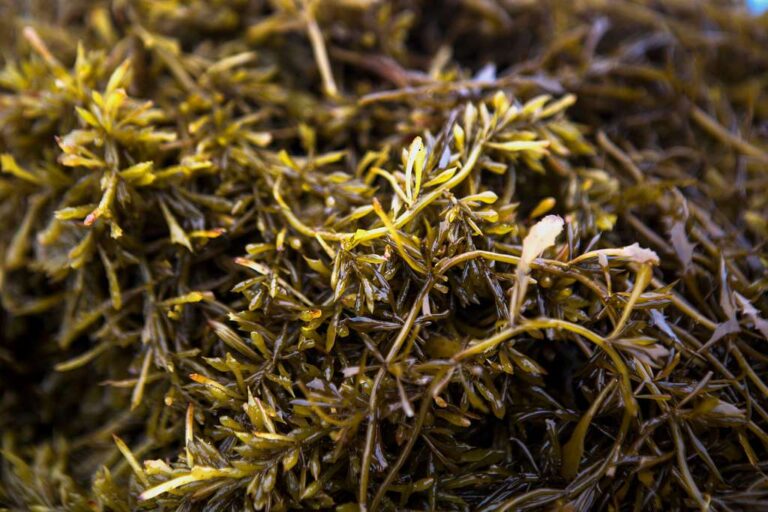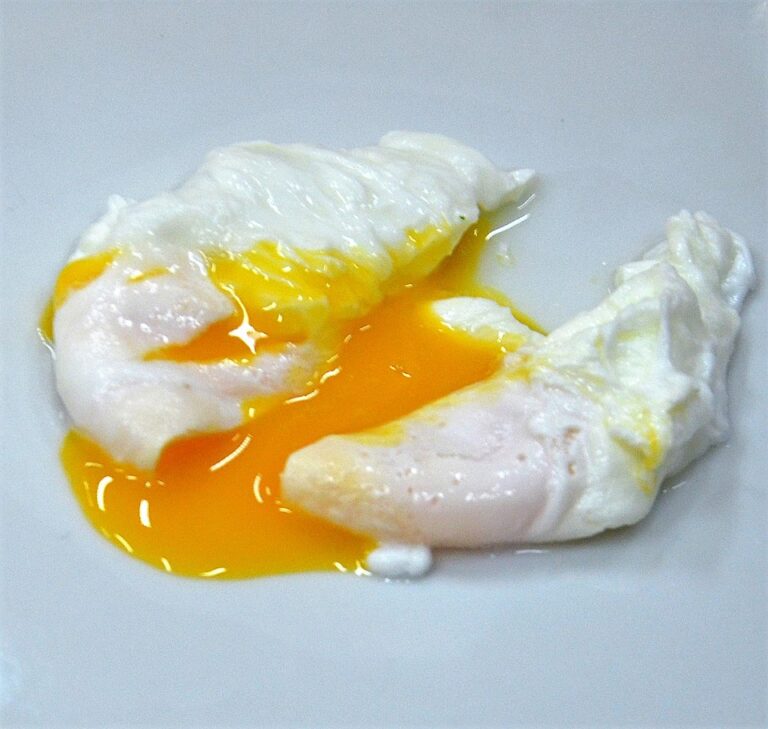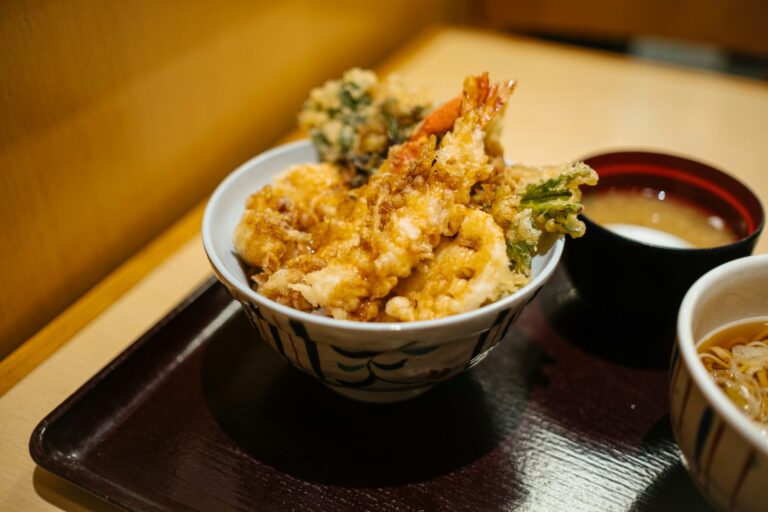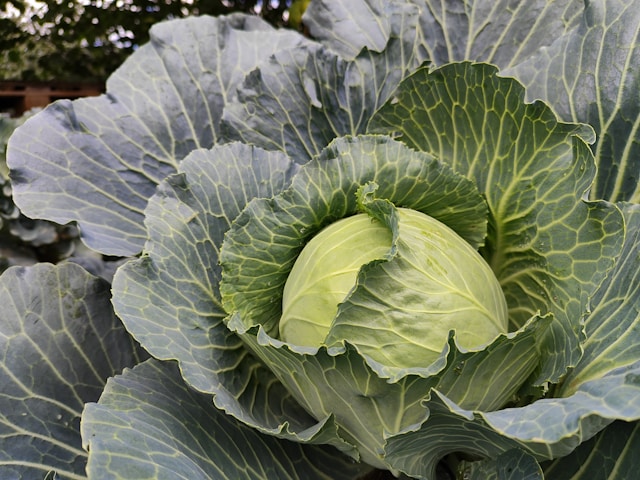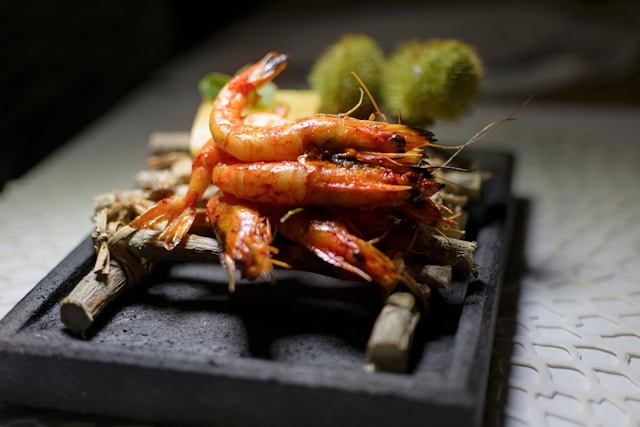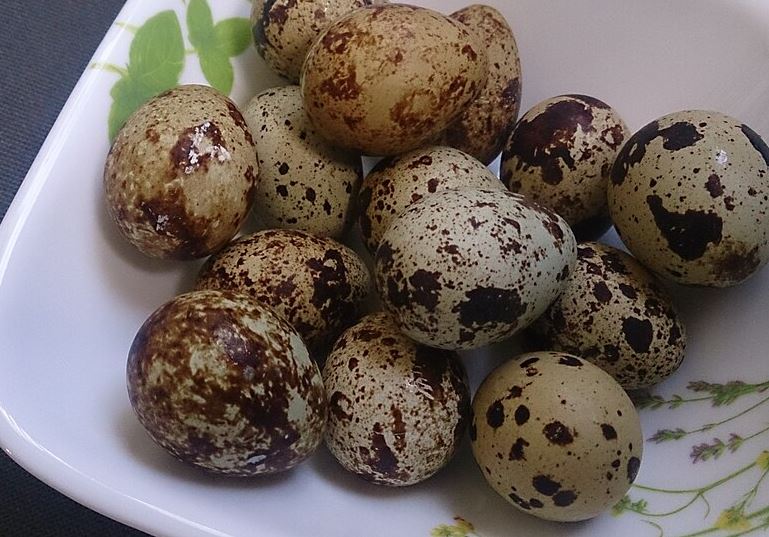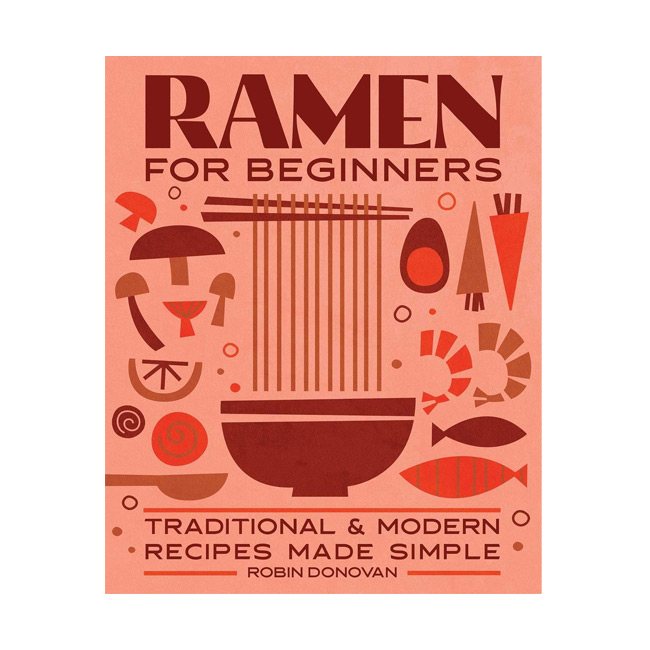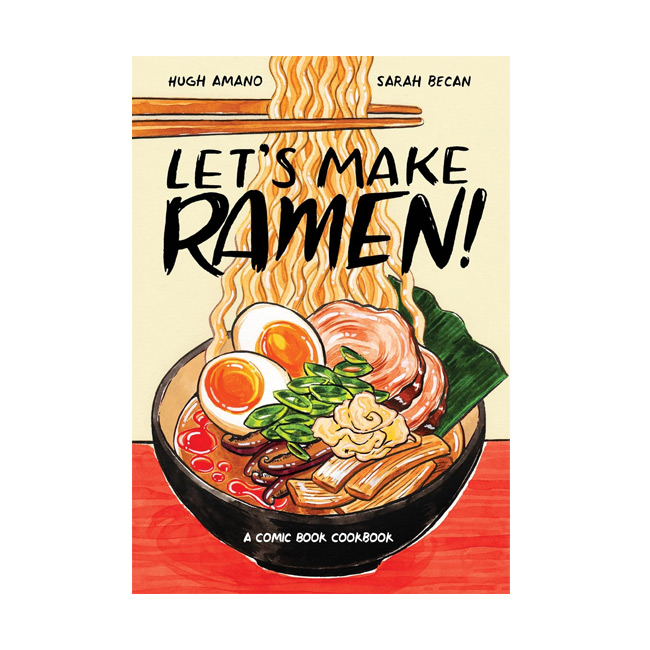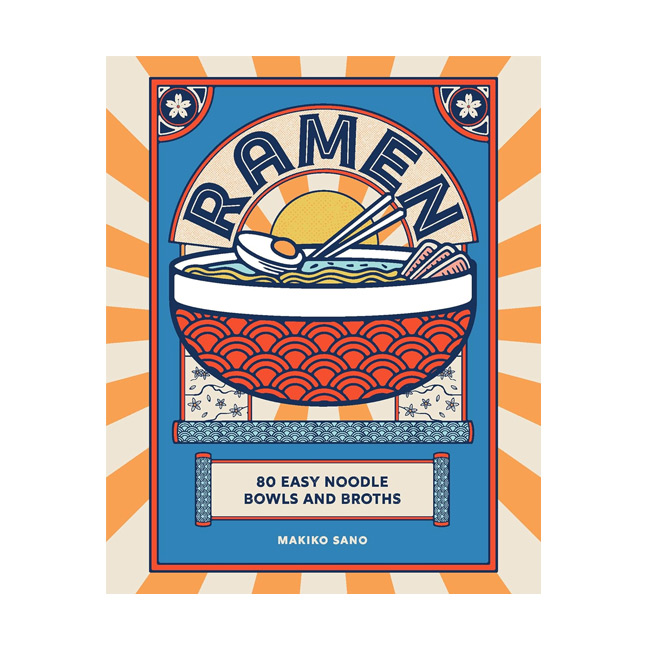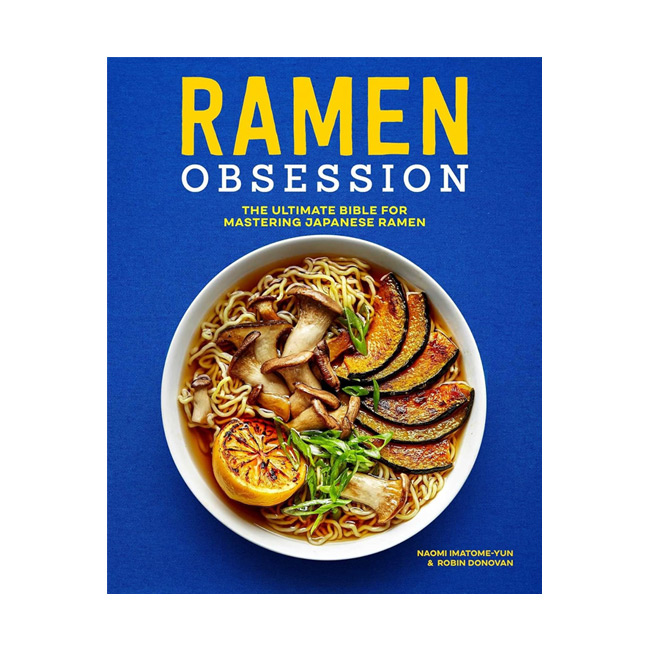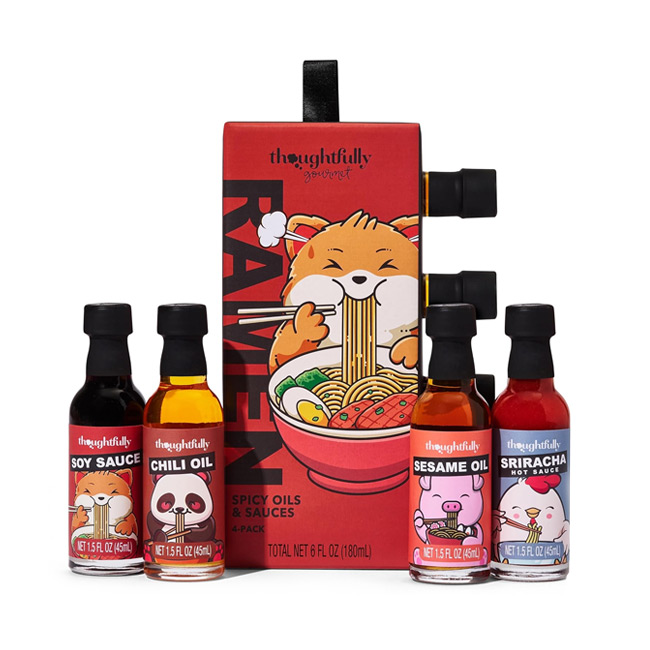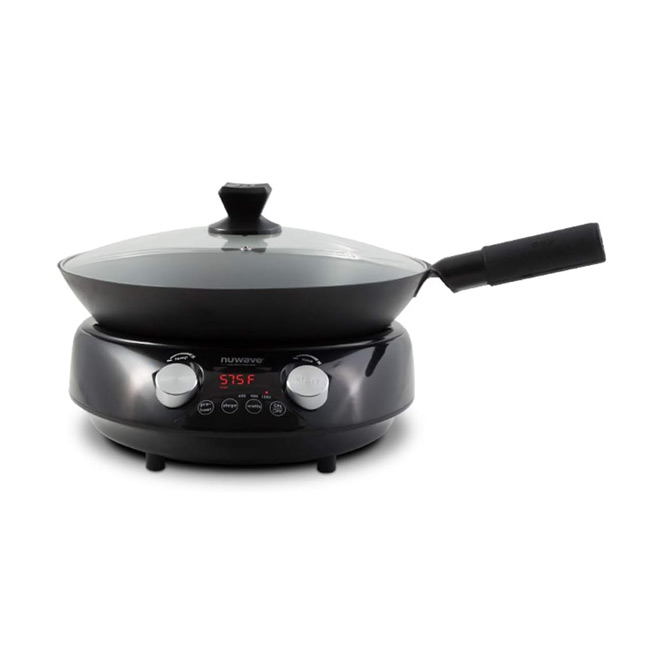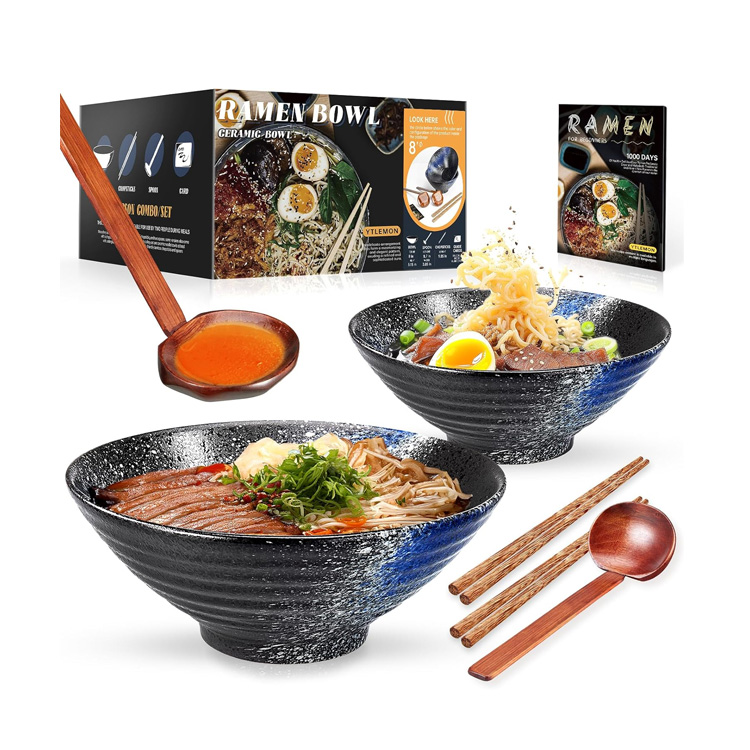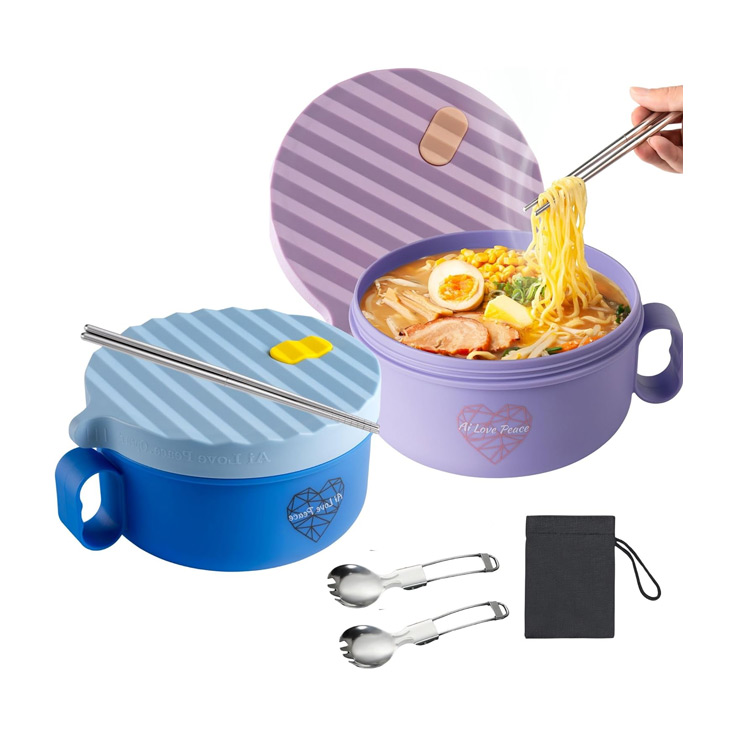Hijiki seaweed is often black or very dark brown and comes dried, requiring soaking before use. Hijiki has a subtly sweet, earthy taste and a unique texture that adds depth and contrast to dishes.
In ramen, hijiki is not a common topping like nori or wakame, but it is sometimes used in health-conscious or vegetable-forward ramen recipes, especially in fusion or modern interpretations. It’s typically added as a garnish or mixed into the toppings rather than being boiled in the broth, to maintain its shape and texture. Its fibrous strands provide a contrast to soft noodles and tender meats, making it a great way to add visual interest and bite.
Usage and Selection
When it comes to usage and selection of hijiki seaweed in ramen, chefs and home cooks alike approach it with intentionality, as it’s not a standard topping but rather a deliberate enhancement for certain styles of ramen.
Usage focuses on hijiki’s role as a complementary element rather than a main feature. It is typically rehydrated from its dried form and added either directly as a garnish or mixed with other toppings like julienned vegetables, tofu, or mushrooms. Because of its slightly sweet, earthy, and marine flavor, hijiki is most effective in lighter broths—such as shoyu (soy sauce) or shio (salt)—where its natural umami isn’t overwhelmed. It’s often used in vegetarian or macrobiotic ramen, adding both depth and visual interest through its thin, jet-black strands.
In terms of selection, quality matters. Good hijiki should be uniform in size and dark in color, free from excess grit or debris. Short hijiki (cut into smaller strands) is typically preferred for ramen, as it’s easier to eat and blends better with noodles and other toppings. Before use, it must be soaked in water for 20–30 minutes to rehydrate, then lightly simmered or rinsed to remove any bitterness or excess brine flavor.
Types of Ramen Using Hijiki
Hijiki pairs well with shoyu or shio broths, as these lighter base flavors allow the seaweed’s taste to come through. It’s also high in dietary fiber, calcium, and iron, making it appealing for those looking to boost nutrition in their ramen. That said, hijiki contains naturally occurring inorganic arsenic, so it’s usually consumed in small amounts and not recommended in large daily servings.

Shoyu Ramen
Shoyu ramen uses a clear and salty soy sauce broth and is considered fairly balanced, with many comforting flavors.
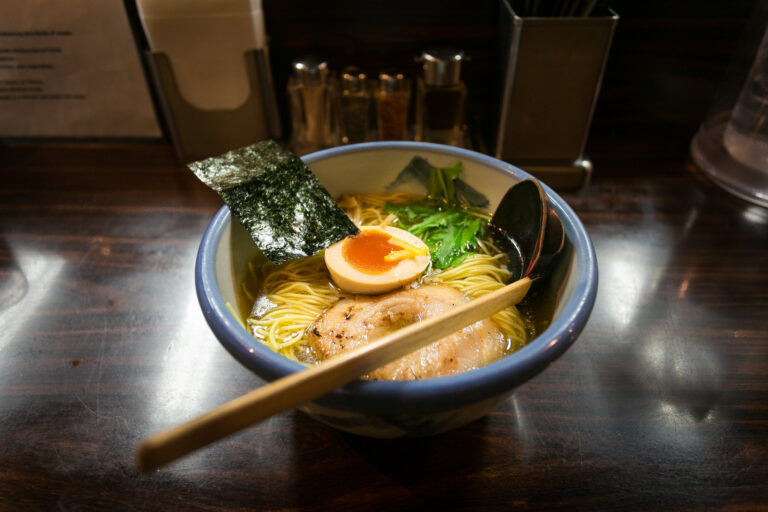
Shio Ramen
Shio Ramen is based on chicken broth. Its main seasoning is salt, and its toppings are usually a refreshing mix of seafood and veggies.
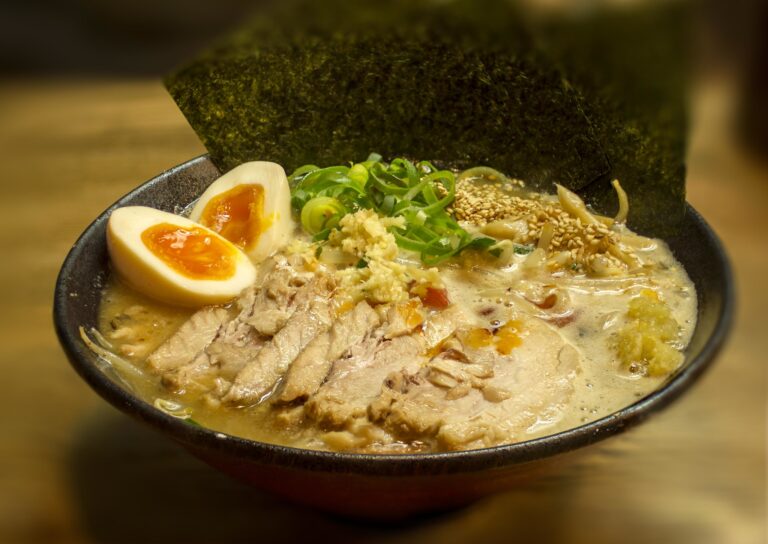
Miso Ramen
Miso Ramen originates from Hokkaido and features a robust miso-based broth, as well as ground pork, corn, and a blend of savory toppings.
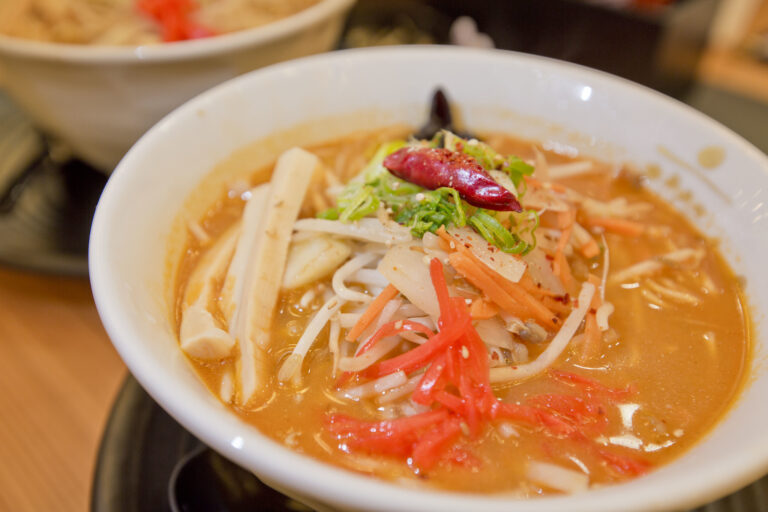
Vegan Ramen
Vegan ramen (or plant-based ramen) is often made with fresh and dried mushrooms, garlic, ginger, mirin, and miso paste.

